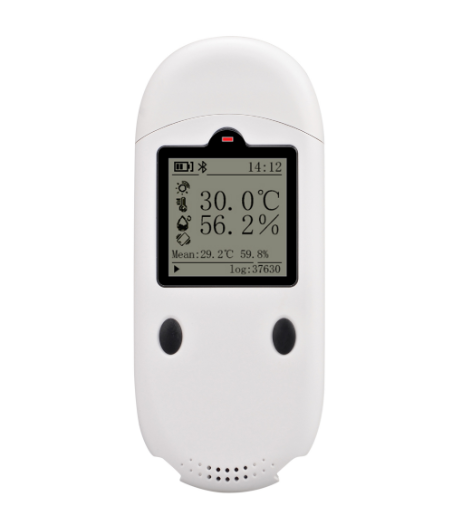Introduction to Temperature and Humidity Monitors
Introduction of temperature and humidity sensor
A temperature and humidity sensor is a device that simultaneously measures air temperature and humidity. There are many different types of these sensors on the market, but they all serve the same purpose: to help you track temperature changes in your fleet or items in transit so you can adjust as needed. Temperature and humidity sensors are most commonly used in fleet transportation where they help monitor the temperature and humidity levels in a space.
Temperature and humidity are two important environmental factors that affect our health, comfort and well-being. That's why it's important to have a way to monitor these conditions in your fleet. There are a variety of temperature and humidity monitors on the market, but it's important to understand how they work and what features to look for before you buy one. We'll briefly describe temperature and humidity sensors, how they work, and some of the different types of devices available. We'll also provide some tips on choosing the right temperature and humidity monitor for your needs.

Use of temperature and humidity sensors
There are different types of temperature and humidity sensors on the market, each with advantages and disadvantages. The most common type of sensor is the thermistor, which is a resistive element whose resistance changes with temperature. Thermistors are highly accurate and operate over a wide temperature range, but respond slowly to changes in temperature and humidity. Another type of sensor is a capacitive humidity sensor, which measures the change in capacitance of a material as it absorbs water vapor from the air. Capacitive sensors are more accurate than thermistors at measuring low humidity, but they respond slower to changes in humidity and operate over a narrower temperature range.
These sensors can also be used in greenhouses and other plant growing environments, as well as industrial environments where temperature and humidity need to be monitored for safety reasons. It can help customers realize transparent management, reduce costs, ensure safety and improve efficiency.
Recommended temperature and humidity sensor
When selecting a temperature and humidity sensor, there are many factors to consider. The most important factor is the accuracy of the sensor. There are many different types of sensors on the market, so it's important to do your research to find the one that meets your needs. Another important factor to consider is the range of the sensor. You need to ensure that the sensor can accurately measure high and low temperatures. Some sensors can only measure a limited range, so be sure to check before purchasing.
The recommended eelink Bluetooth temperature and humidity sensor can transmit data to mobile phones or computers through Bluetooth broadcasting. It is produced with plastic shell and high-precision technology, which can quickly respond to changes in temperature and humidity. The temperature measurement is accurate, and the battery power can be used for 2 years. , Easy to install and use.
- Contact EELINK
 Globalsales@eelink.com.cn
Globalsales@eelink.com.cn tan3051_1
tan3051_1 +86 18218746415
+86 18218746415
- NEWSLETTER
- Getting the latest GPS devices news From Eelink.
- SUBSCRIBE